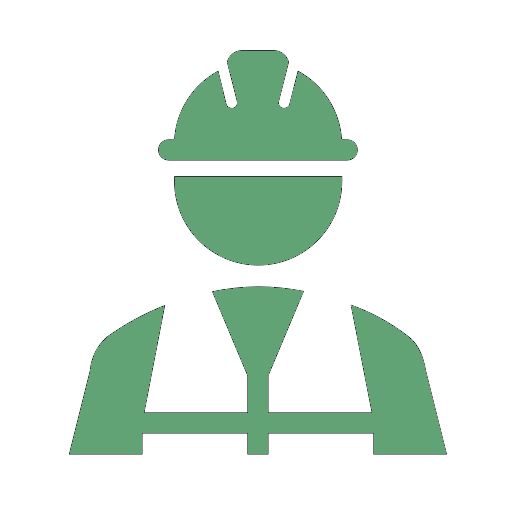Description
A Safety Officer in a Cement Plant or Project plays a critical role in ensuring the health and safety of all personnel working on-site. Their primary responsibility is to oversee safety protocols, manage risk assessments, and ensure compliance with safety regulations and guidelines. Here’s a detailed description of their role, including the scope of Accommodation and Transportation for the candidate:
1. Safety Officer Responsibilities:
- Risk Assessment & Safety Planning: Conduct risk assessments for various plant operations, including the handling of machinery, chemicals, and raw materials. Develop and implement safety plans tailored to the specific needs of the cement plant or construction project.
- Safety Training: Organize safety training sessions for employees to educate them on the proper use of equipment, emergency procedures, personal protective equipment (PPE), and hazardous material handling.
- Safety Inspections: Regularly inspect the facility and equipment to ensure compliance with safety standards. This includes checking for proper maintenance of machines, fire extinguishers, first-aid kits, and PPE.
- Emergency Response: Develop emergency response protocols for incidents like fires, chemical spills, machinery failures, or worker injuries. Ensure that staff is trained on emergency evacuation procedures.
- Regulatory Compliance: Ensure that the plant adheres to local, regional, and international safety regulations, including occupational health and safety laws. Regularly update safety procedures in line with new legislation.
- Incident Reporting and Investigation: Investigate accidents or near-misses, gather evidence, and generate reports. Work to identify root causes and implement corrective actions to prevent recurrence.
- Safety Equipment Maintenance: Ensure that safety equipment such as PPE, fire safety systems, and first aid supplies are available, functional, and up to date.
- Coordination with Management: Work closely with plant management and project teams to integrate safety into daily operations and long-term planning.
2. Accommodation and Transportation – Candidate’s Scope:
In some cases, accommodation and transportation fall within the responsibility of the candidate, particularly if the Safety Officer role requires relocation or involves a project in a remote location. Here’s what these aspects typically include:
- Accommodation:
- The Safety Officer may be provided with company-sponsored housing, especially in areas where living conditions are not easily accessible, such as remote construction sites or cement plants.
- The accommodation can vary from basic rooms in a camp to shared or private apartments or dormitories, depending on the project’s scope and location.
- The officer must ensure that accommodations meet safety standards, ensuring a secure and comfortable living environment for themselves and others on-site.
- Transportation:
- Transportation is often arranged for commuting between the accommodation and the plant or construction site. This can include company vehicles or shuttle buses.
- The Safety Officer may be responsible for monitoring the safety of these transportation methods, ensuring that vehicles are well-maintained and that drivers follow safe driving practices.
- In some cases, the officer may need to organize transportation for other employees as well, ensuring they have safe travel options, particularly when traveling through hazardous or difficult terrain.
3. Other Considerations:
- Communication and Coordination: The Safety Officer will also play a key role in communicating safety expectations and procedures to new workers or contractors arriving at the site, especially those arriving with company-provided accommodation and transportation.
- Budget Management: In some cases, the Safety Officer may be involved in managing the budget for accommodation and transportation, ensuring that these resources are used efficiently and effectively.
- Compliance with Housing and Transport Regulations: The Safety Officer ensures that both housing and transportation meet legal and regulatory requirements related to health and safety.

 3 Months - Can get Extended
3 Months - Can get Extended ₹45000 to ₹48000 Per Month
₹45000 to ₹48000 Per Month  Day to day supervision of the site and reporting
Day to day supervision of the site and reporting

